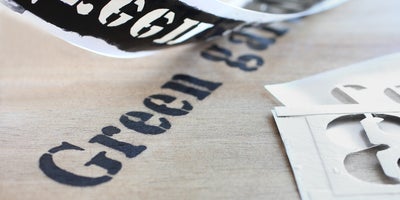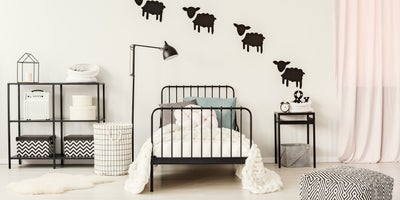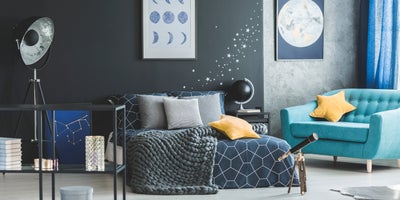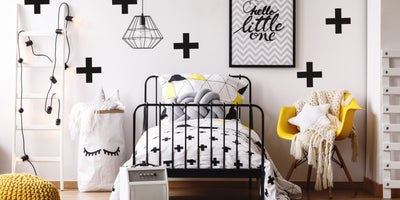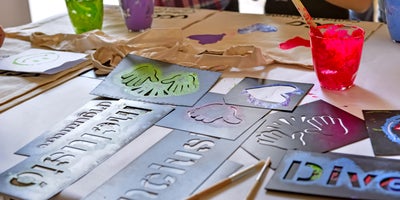Fun bedroom wall stencils for kids' bedrooms
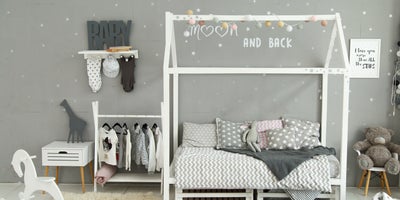
Why settle for having plain old one colour walls for your child’s first bedroom, when you can use a few simple materials to create fun stencil designs that’ll bring their bedroom to life with exciting patterns or even their favourite movie characters. The number of designs is unlimited and that’s the joy of it, but we’ve put together a collection of our favourites for you to gain some inspiration from, along with some basic instructions to get you started with your own designs.
Shop the Range
